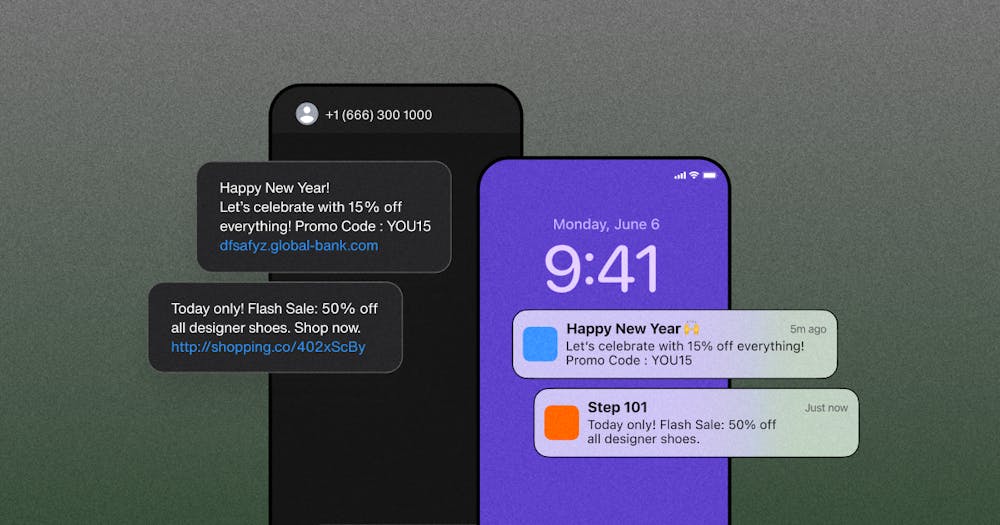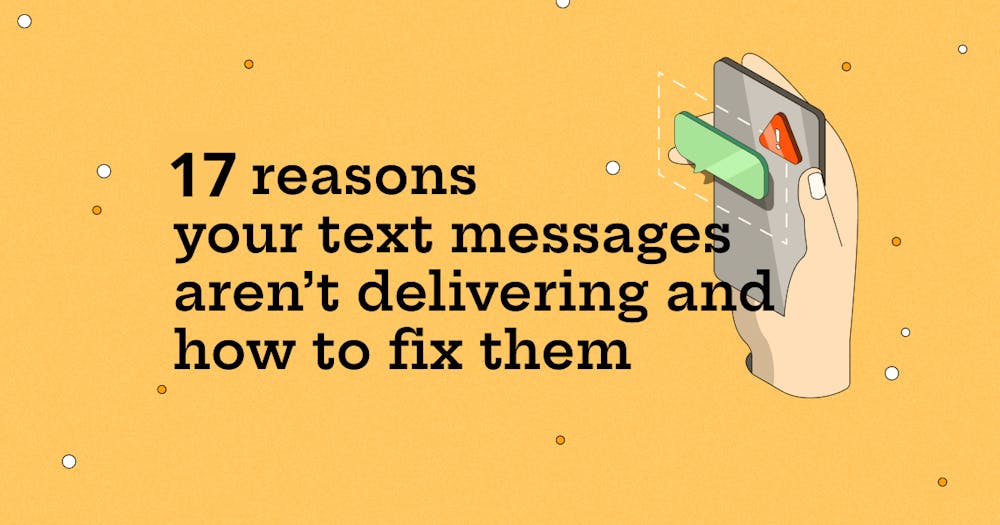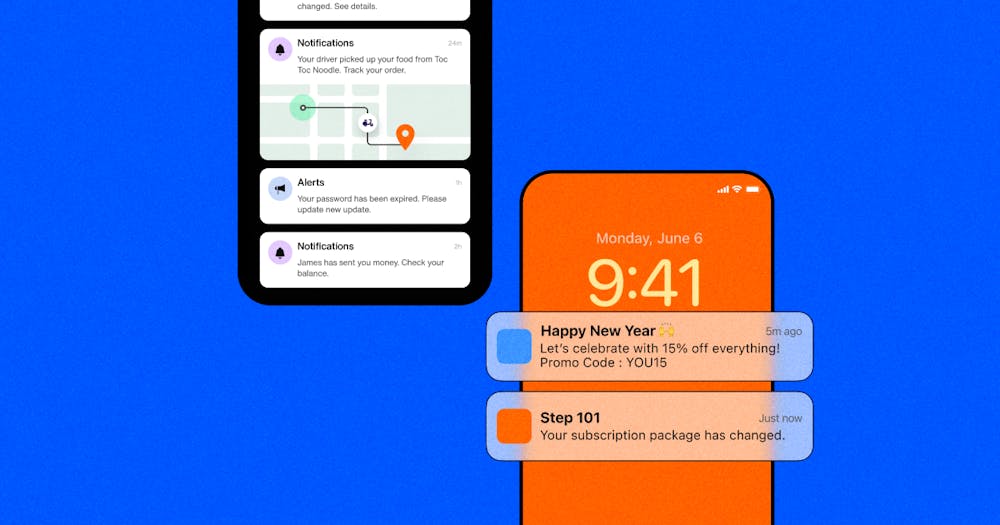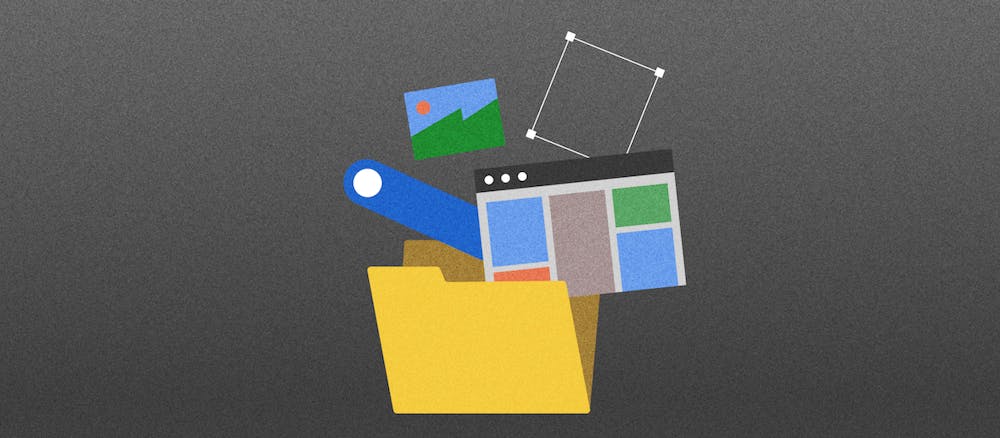Part of something: How brands can help create connection in an isolated world

Loneliness is reaching epidemic levels in America, and it’s having a devastating effect on the nation’s mental health. With the added isolation resulting from current social distancing recommendations, it’s likely to get much, much worse.
Some forty million Americans – or almost 20% of the adult population – suffer from diagnosed anxiety disorders today. More than seventeen million adults and three million teens suffered at least one major depressive episode in 2017. The U.S. suicide rate has increased by 35% since 1999. Among 18- to 19-year-olds, the suicide rate climbed by 56% between 2008 and 2017. Mass shootings are occurring with increasing frequency. Before 1999, a mass shooting occurred roughly once in six months. Since 2015, a mass shooting occurs roughly every 47 days.
Why are people – and young people in particular – so damned lonely?
It’s a question for the ages and it’s been dissected and discussed at length. Many have pointed out the central irony that in spite of all the communication technology at our disposal, we feel more disconnected than ever.
But perhaps technology isn’t to blame.

Take customer relationships to the next level.
Maybe we’ve been using it wrong; maybe it’s just taken us a while to find balance.
It’s been well documented that social media affects our brain chemistry and activates the brain’s reward center, releasing a sweet rush of dopamine. This fact has led many, many people to describe it as addictive. However, the same can be said of any number of other activities, including reading good old fashioned books – but not many people are making the argument that books are making us lonelier!
The key, as with most things in life, is moderation.
Could technology be the answer to loneliness after all?
In July 2016, Niantic released a mobile game that showed the world just how effectively technology could mobilise communities and build meaningful connections among complete strangers.
In the weeks and months following the launch of Pokémon GO, there were countless heartwarming stories about depressed, lonely people emerging from their isolation to hunt augmented reality creatures in their cities’ streets and public spaces. Many players took to social media saying that the game was helping with their depression.
People who rarely left their homes were suddenly going to parks, getting exercise and feeling better than they had in years. Players recognizing other players by variations of “there’s a Pikachu! Behind you” sparked many conversations and soon, friendships started to form. Players exchanged contact details to help each other out in the future. Numerous forums and chat groups cropped up
Part of what makes the game such an incredible social phenomenon is the fact that the very act of playing it signaled to other players nearby that you were like them. No matter how different your lives might be, you have this thing in common.
Humans are inherently social creatures. Historically, we survived by depending on one another. The need to belong – to feel like we’re part of something – is written into our DNA.
How product managers can build communities and foster connection
While replicating Pokémon GO’s success would necessitate replicating its (very specific) model, product managers, brand strategists and marketers alike can certainly take a leaf out of Niantic’s book by identifying – or building – the common ground that binds a community together and using technology to allow that community to interact and thrive.
As devastating as it can be to scroll through Twitter hour after hour, swimming in bad news and even worse hot takes, the very best of humanity comes to the fore in the precious moments where somebody offers up their lived experience and their vulnerability is rewarded with the outpourings of others who have shared this experience – and the empathy of those who have not.
This is digital community.
And it’s precisely what product managers seeking to build robust brand identities with thriving communities need to tap into.
With tools like instant messaging, live video and audio conferencing and streaming, it’s never been easier to interact with other members of our “tribes” from all over the world, united by our shared passions and values and connecting over common experiences.
Digital brand community case studies
Adidas Tango Squads
In 2016, Adidas created a community of soccer micro-influencers as part of its “Tango Squads” program. The brand used messaging apps to build a tight-knit brand ambassador community around a hand-picked group of the world’s top street footballers, fans and content creators, effectively making communications from one of the world’s most successful brands feel close and personal.
According to Adidas senior director of global brand communications, Florian Alt, “It’s not about sheer reach – what the hyper-connected kids bring is mass awareness. These are the guys who will push out your stories and content. They give it longevity and authenticity, because they are talking in a private messaging environment. If it comes as a referral from your mate, you’re much more likely to pick it up than if it comes from a brand.”
Sephora Beauty Insider
Beauty brand Sephora has built an enormously successful online community around its beauty products. On its massive Beauty Insider platform’s forum, fans of the brand share ideas, post makeup reviews and tutorials, ask questions and give one another advice.
Sephora’s “Get Inspired” Board allows community members to pin photos of their makeup artistry and tag the beauty products they used in the photographs. To really bring its makeup-loving community together, the brand included Reddit-style forums and an in-app chat feature, allowing members to connect in real-time without needing to leave the platform.
Paloma Wool dance party
With much of the world under government-mandated lockdown, Barcelona-based clothing brand Paloma Wool took to Zoom to host an online dance party for its fashion community. Reportedly, more than 100 people attended and it lasted until four in the morning.
“It started as something we did within our team on the first Saturday of lockdown as a way to disconnect and dance together. We had such a blast that we came up with the idea of opening it up to our community,” says Paloma Lanna, Paloma Wool’s founder.
Other fashion brands have adopted similarly innovative approaches to bringing their communities together virtually. Alexander McQueen created a curated Spotify playlist that has seen more than 2,400 subscribers, and brands like Marc Jacobs and Chanel have hosted live musical performances and offered drawing instruction sessions.
Building unified communities with in-app chat
A common mistake made by many brands – including, somewhat bizarrely, Niantic – is neglecting to equip their users (or players, in this case) with effective tools to communicate with one another within their platform or app.
Shortly after Pokemon GO was released, a citizen developer launched an independent chat app called GoChat to fill the communication gap left by Niantic. Users were willing to download a whole separate app just to talk to each other about the game.
GoChat was downloaded more than a million times in the first five days of launching but ultimately failed because the creator couldn’t afford the server space required to keep it running without monetizing it (and potentially facing legal issues).
However, the app’s explosive success showed the vital importance of allowing your users to communicate directly, in real-time – especially when you’ve built an engaged and enthusiastic community of fans who have just discovered that they have much to discuss.
If you’re a product manager wondering what your product’s missing ingredient is, it may be that you need look no further than in-app chat.











